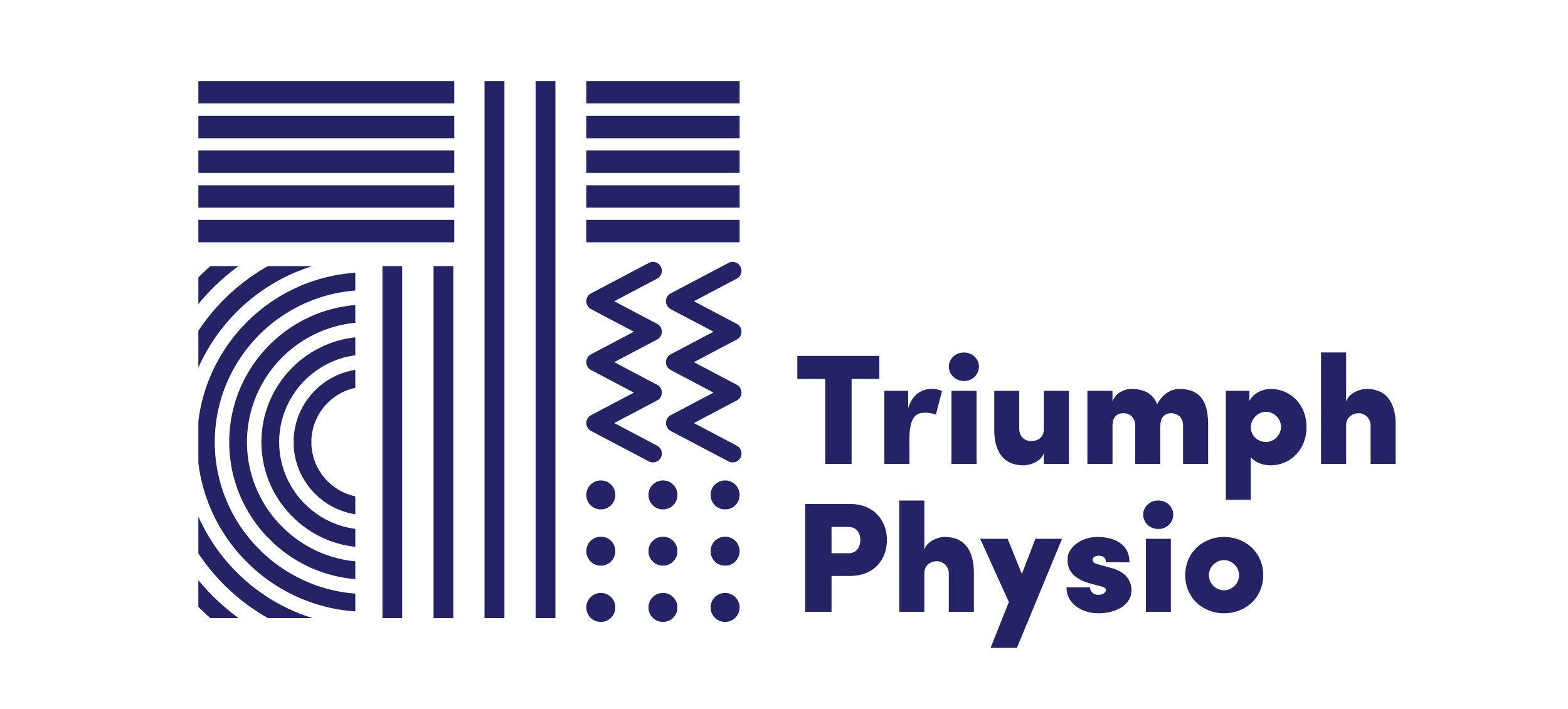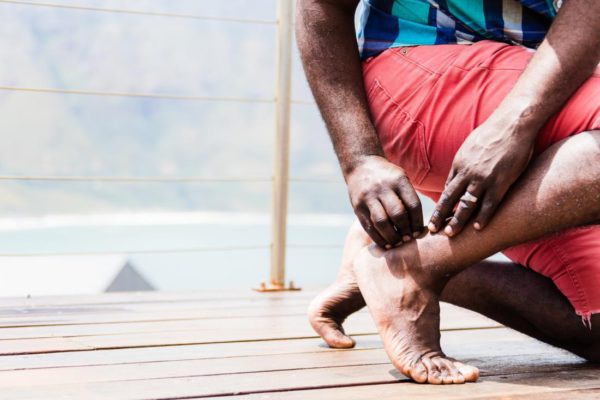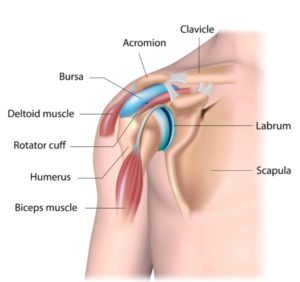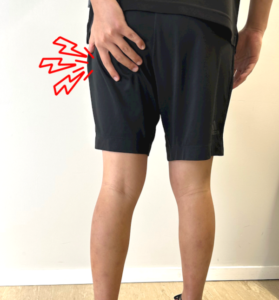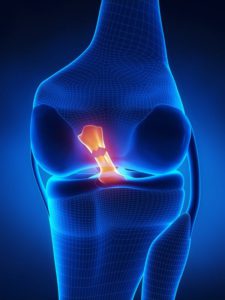Overview
Achilles tendinopathy is a common overuse injury that affects runners, and athletes. The Achilles tendon connects the calf muscle (main components: gastrocnemius and soleus muscles) to the back of the heel bone. Now, by understanding where it connects, we know that it helps us run, walk and jump by moving our toes away from the body. It is a condition that can cause pain in the mid-portion of the achilles tendon or near the attachment to heel (insertional). Injury usually occurs as a result of repetitive stress on the tendon causing micro-trauma, combined with a failed healing response.
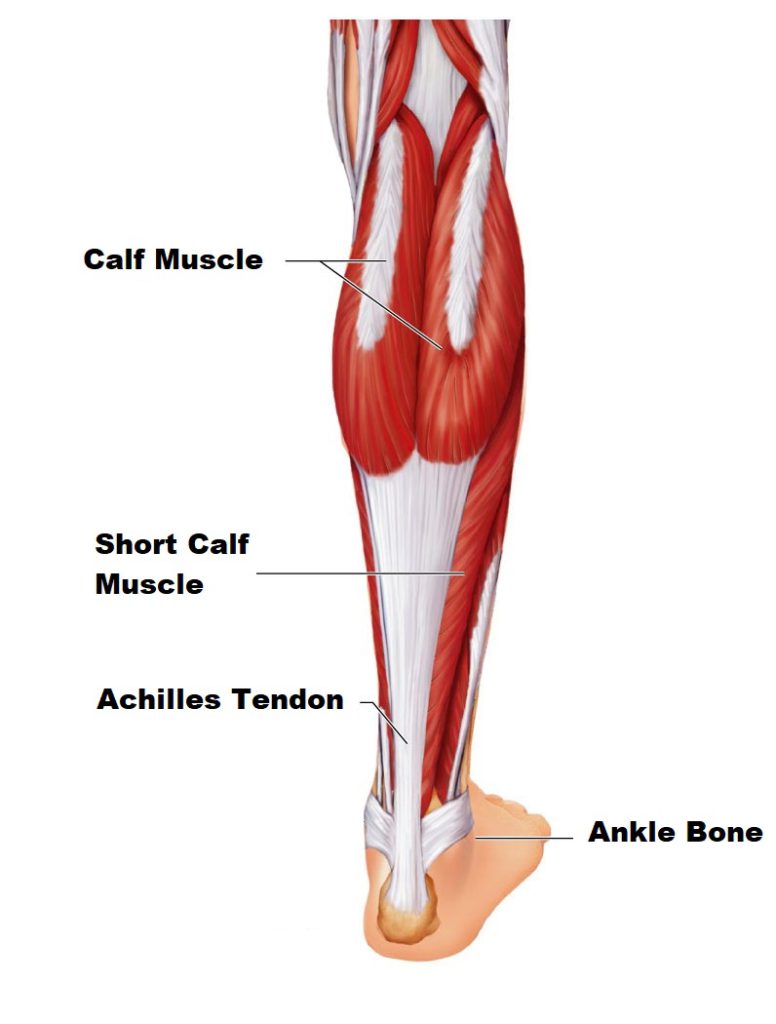
Symptoms of Achilles Tendinopathy
- Pain in the back of the leg above the heel associated with physical activity like running or jumping
- Thickening of the Achilles tendon
- Tenderness on palpation
- Morning stiffness may occur and can ease with gentle movement
Risk Factors
- Tightness or weakness in calf muscle strength
- Activity or sports involving repetitive or high impact loading on the tendon e.g. squash, running, sprinting
- Poor biomechanics causing uneven loading on the tendon
Physiotherapy Treatment for Achilles Tendinopathy
Firstly we look to control the pain.
Initial phase of physiotherapy treatment is to control the pain and reduce further damage to the tendon. This can be done in several ways, 1. By modifying your activity 2. Reducing the load on the achilles tendon 3. Ice can be applied during an acute flare up for analgesic effects or 4. consult with your GP for pain medication.
Once the pain is controlled it’s time to strengthen the muscles and tendon
Rehabilitation of the Achilles tendinopathy involves a heavy eccentric loading program. Consult with your health professional first before you start
Heavy eccentric loading has shown to be effective in treating tendinopathy, particularly mid-portion Achilles tendon injury. The movement of eccentric loading is to apply weight on the tendon when it is lengthening as shown in the Video and also picture below.
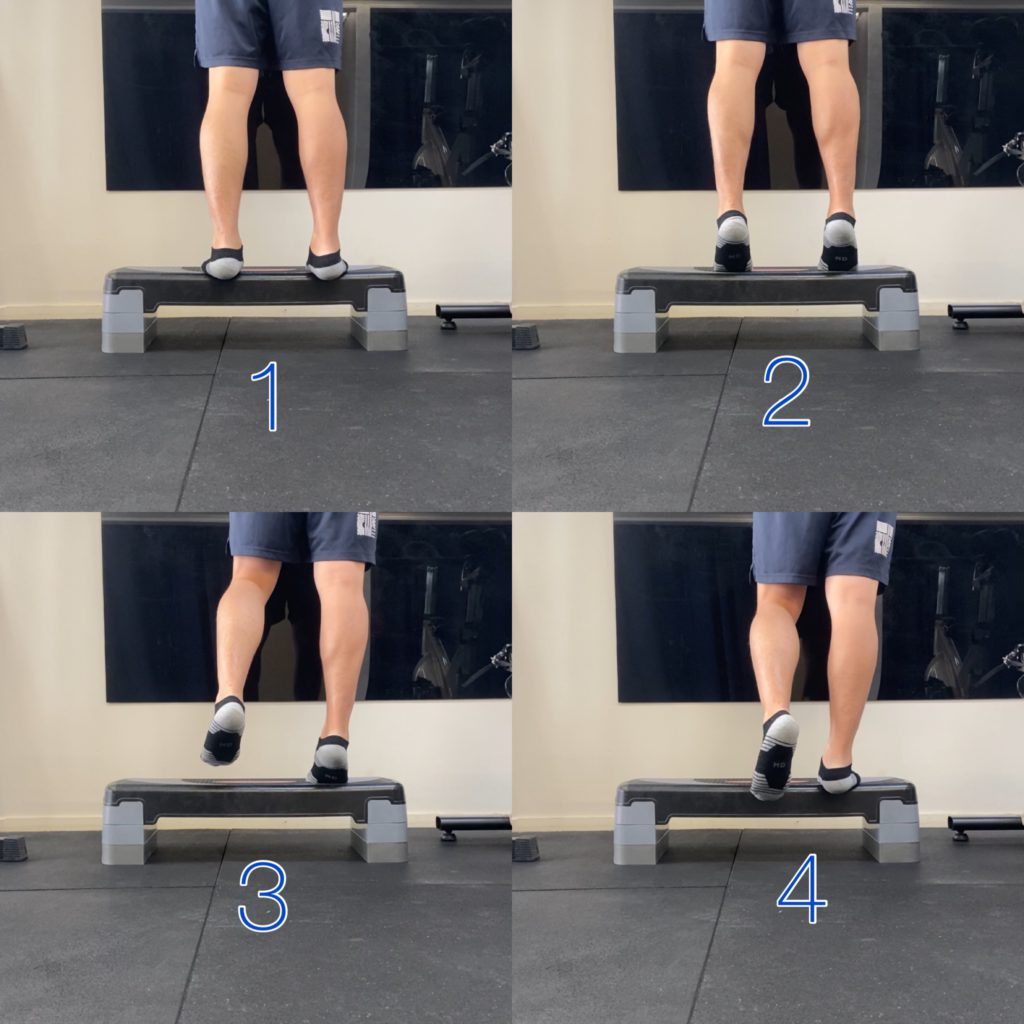
Keep in mind you may experience mild pain while doing the exercise. To increase the weight and resistance on the Achilles tendon patients would put on a heavy back pack.
Furthermore progression of exercises would then involve increasing the load of the tendon within a short window of time, e.g landing drills & jumping movements.
For more information or to get your injury treated
Triumph Physio operates in Mt Wellington and Newmarket, Auckland. We have qualified Physiotherapist with a keen interest in sports physio registered under ACC that can help For more info call us on 09 526 1448 or book online by clicking on the button below
References:
Sussmilch-Leitch et al. (2012). Physical therapies for Achilles tendinopathy: systematic review and meta-analysis
Vlist et al. (2018). Clinical risk factors for Achilles tendinopathy: a systematic review
